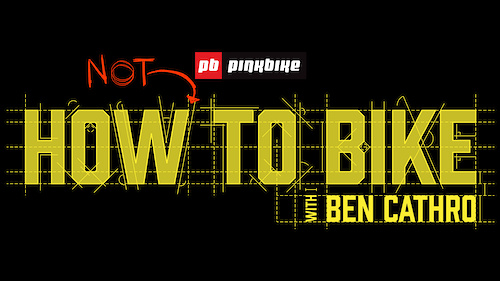Casing a jump is a rite of passage, a signal of progression, and an audible sign of a serious miscalculation in mountain biking. Anyone who has attempted a jump with a defined landing spot will have, at some point, landed short of the ideal. Fortunately, it’s not an official crime against humanity yet, but there’s always a risk of getting sued for embarrassment. So, let’s dive into understanding why it happens and how to avoid it.
What is Casing a Jump?
The term “casing” comes from motocross. When a motocross rider comes up short on a jump, they often slam the crankcase of their machine into the ground, transferring a lot of force through the bike and directly into the rider. Mountain bikers adopted this term, and now it describes any instance of coming up short on jumps.
There are several types of casing:
• Back Wheel Case: Only the rear wheel hits the landing edge.
• 50/50 Case: Both wheels hit the landing edge simultaneously.
• Nose Case: The front wheel hits the landing edge first.
• Chainring or BB Case: The chainring or bottom bracket hits the landing.
• Upslope Case: Landing on the uphill part of the transition.
The Physics of Casing
All forms of casing boil down to two primary causes: misjudgment in speed or trajectory, or both.
Speed and Trajectory
A jump acts as an energy converter, transforming some of your horizontal momentum into vertical lift. If everything goes well, this lofts the bike and rider into the air. Once airborne, the bike and rider system are classified as a projectile. To calculate the correct trajectory (assuming no air resistance), you can use physics equations.
For example, if you hit a jump with a takeoff angle of 30 degrees and the landing is 3.8 horizontal meters and 0.5 vertical meters away, you need to be moving at about 5 m/s to make the landing. Factors like headwinds, tailwinds, or soft takeoffs can affect the required speed.
Misjudgment of Speed
Misjudging speed can lead to either undershooting or overshooting the landing. A headwind or soft takeoff can decelerate you, causing you to land short. Conversely, a tailwind or hard takeoff can increase your speed, causing you to overshoot.
Misjudgment of Trajectory
Technique plays a crucial role in controlling your trajectory. Popping off the takeoff too much increases your angle, while absorbing it too much decreases your angle. Both scenarios can result in casing the jump.
Solutions to Avoid Casing
1. Speed Judgement:
• Start with smaller, mellow tabletop jumps to build your confidence and experience in judging speed.
• Gradually increase your speed as you become more comfortable and proficient.
2. Follow a Leader:
• Follow a rider with similar weight and bike setup to gauge the correct speed.
• If following isn’t possible, ask experienced riders for their gearing and brake release points.
3. Improve Technique:
• Work on your jumping technique to better control your trajectory.
• Ensure you’re not absorbing too much or popping off too much.
Practical Tips
• If you face a big gap jump that you can’t gradually build up speed for, ensure you have a solid bike, potentially with a rearward axle path, to absorb the impact of slight cases.
• For solo speed judgment, build up your experience safely on smaller jumps and gradually progress to larger ones.
• In windy conditions, be mindful of headwinds and tailwinds, as they significantly affect your speed and trajectory.
By improving your jumping technique, following reliable riders, and practicing consistently, you can avoid casing jumps. Start on smaller jumps, pay attention to your speed and trajectory, and gradually build your skills. This approach will help you land smoothly and confidently, turning rough landings into successful jumps. With these tips in mind, you should be able to take your riding to the next level. Happy riding!
Partners
This season of How NOT to Bike was made with support from these brands. Without them we couldn’t create head-slapping videos like this. Thank you!
